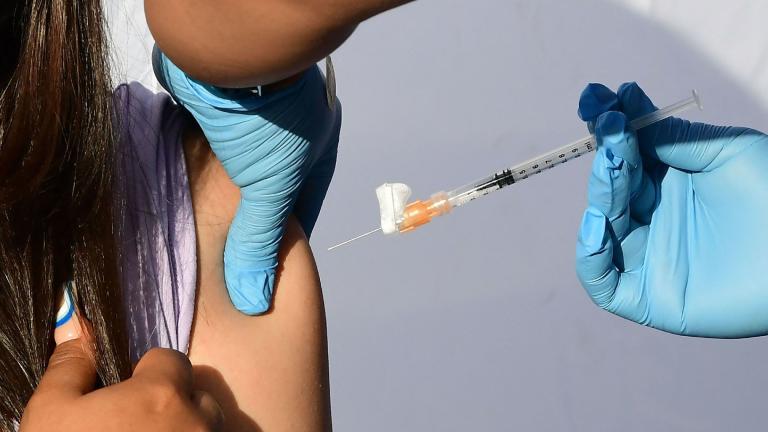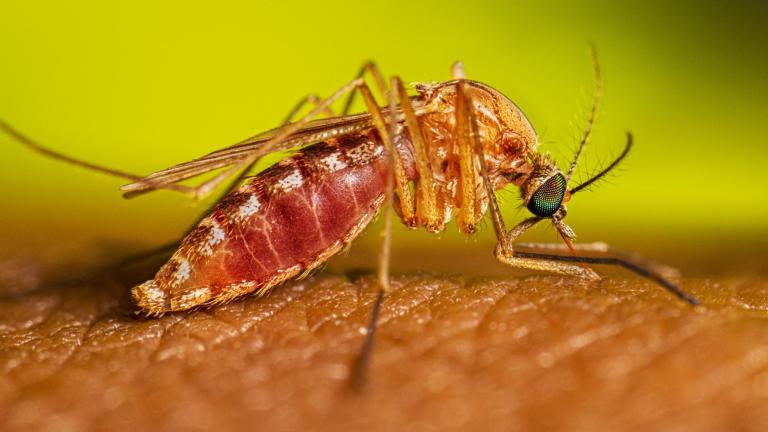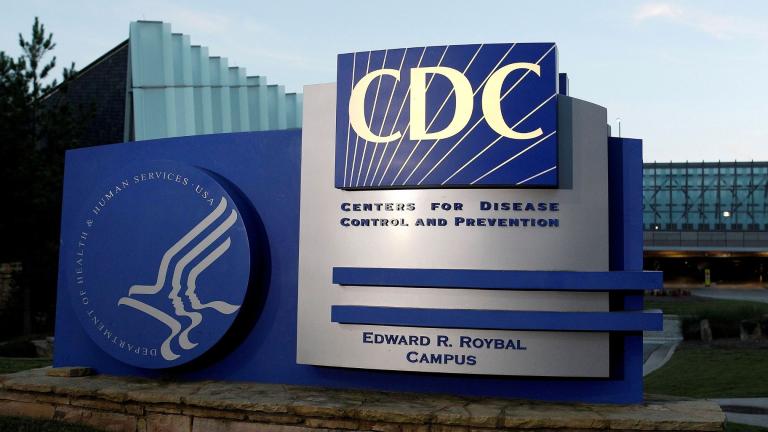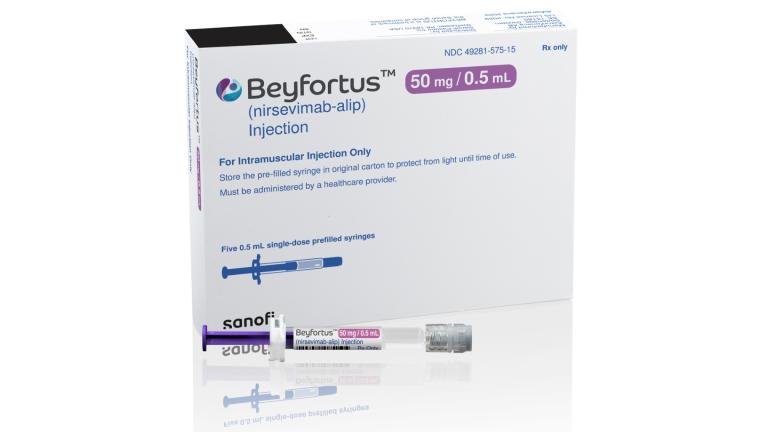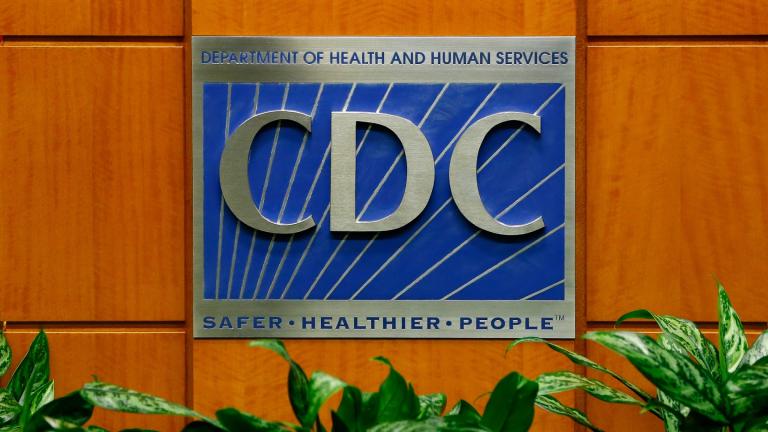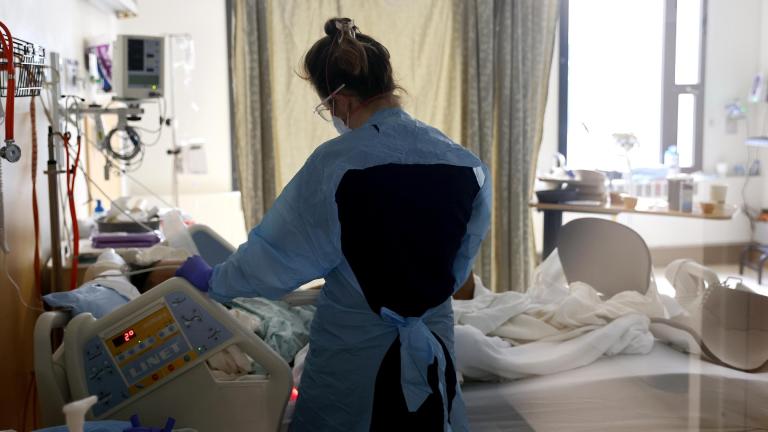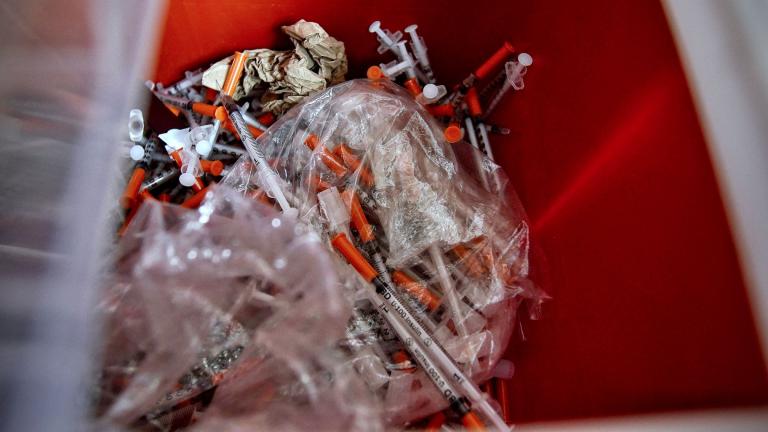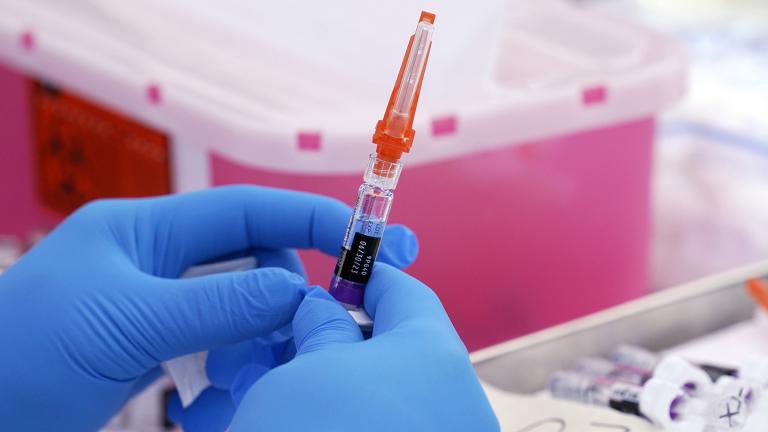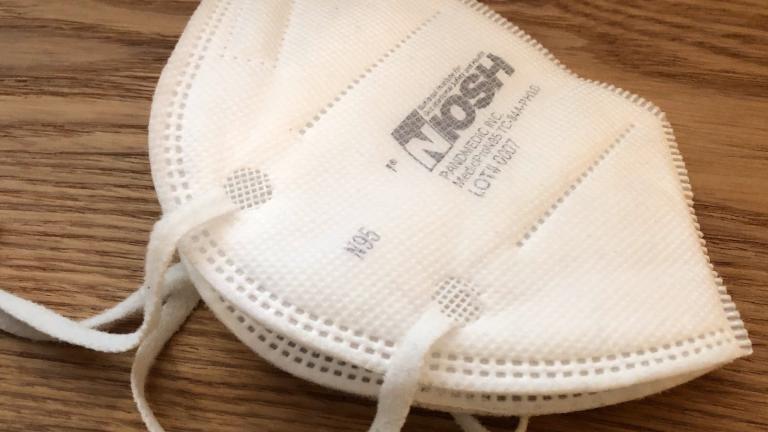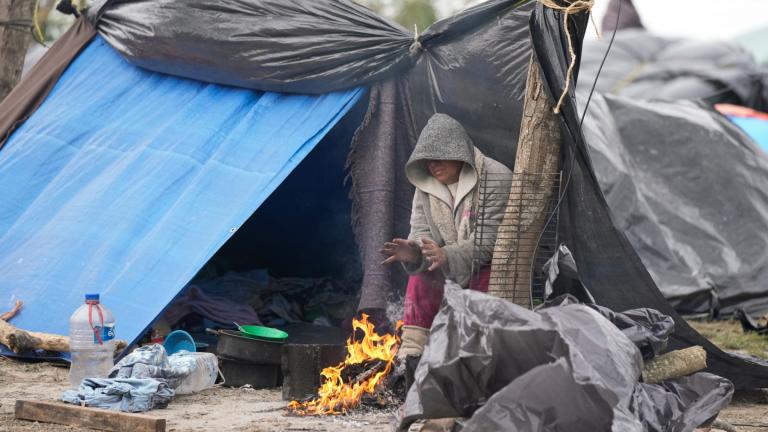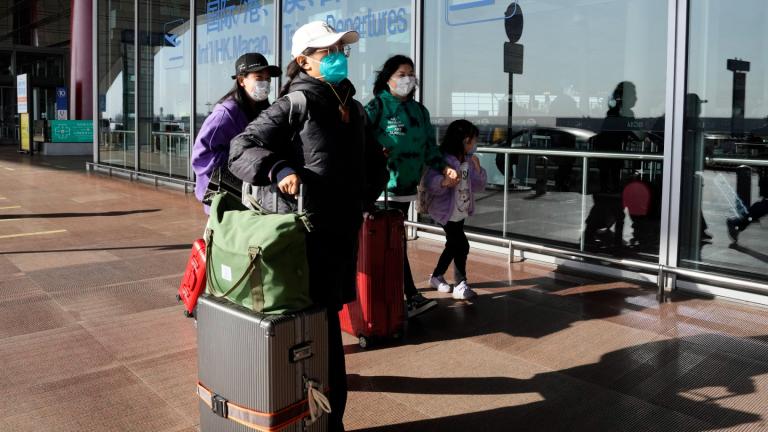Illicitly manufactured fentanyl was involved in nearly all overdose deaths with evidence of counterfeit pills use, including more than two out of five deaths that were exclusively caused by it, CDC researchers found.
CDC
The U.S. Food and Drug Administration is expected to give its nod to the updated vaccines in a few weeks. The announcement comes amid a late summer uptick in COVID-19.
Of the 12 total cases of West Nile virus the state health department has seen so far this year, seven of those cases were reported in Cook County, including two in Chicago.
A 3-year-old migrant girl who was on a Texas-sponsored bus to Chicago died last week, prompting investigations by the US Centers for Disease Control and Prevention and other agencies, authorities said.
An infection with RSV is a cold-like nuisance for most healthy people, but it can be life-threatening for the very young and the elderly. There are no vaccines for babies, so the new drug is expected to fill a critical need.
Experts cited several possible reasons for the increases, including higher rates of depression, limited availability of mental health services and the number of guns in U.S. homes.
The U.S. public health emergency ends May 11. For the first time in three years, the CDC will stop posting a national count of COVID-19 cases, among other changes.
Despite the decline, about 1 out of every 13 deaths in the U.S. in 2022 was associated COVID-19. The virus killed nearly 245,000 people in 2022, CDC data shows.
Nearly 70,000 people in the U.S. died of drug overdoses that involved fentanyl in 2021, almost a four-fold increase over five years. By 2021, about two-thirds of all overdose deaths involved the potent synthetic opioid, according to the report.
The fungus, Candida auris, is a form of yeast that is usually not harmful to healthy people but can be a deadly risk to fragile hospital and nursing home patients.
The vaccines were more than 40% effective in preventing adults from getting sick enough from the flu that they had to go to a doctor’s office, clinic or hospital, health officials said during a Centers for Disease Control and Prevention vaccines meeting Wednesday.
During the past seven days, an average of 31 people have been hospitalized each day in Chicago from COVID-19, down more than 40% during the past week, according to city data last updated Wednesday.
The pandemic disrupted vaccinations and other routine health care for children, and also taxed the ability of school administrators and nurses to track which children weren’t up-to-date on shots.
Title 42 has been used more than 2.5 million times to expel migrants since March 2020, although that number includes people who repeatedly attempted to cross the border. The case will be argued in February, and the stay will be maintained until the Supreme Court decides.
The increase in cases across China follows the rollback of the nation’s strict anti-virus controls. China’s “zero COVID” policies had kept the country’s infection rate low but fueled public frustration and crushed economic growth.
Mayor Lori Lightfoot on Thursday said the city is expected to move from a “medium” risk level for contracting COVID-19 back to a “high” risk level, likely sometime in the next week. When that happens, the city will reinstate an advisory, urging Chicagoans to mask up.


